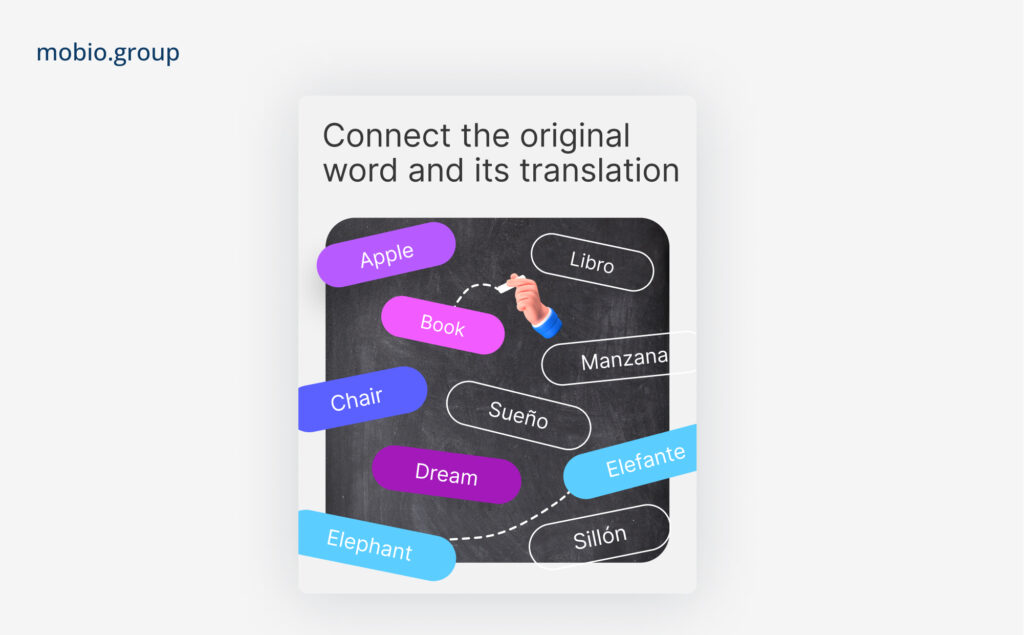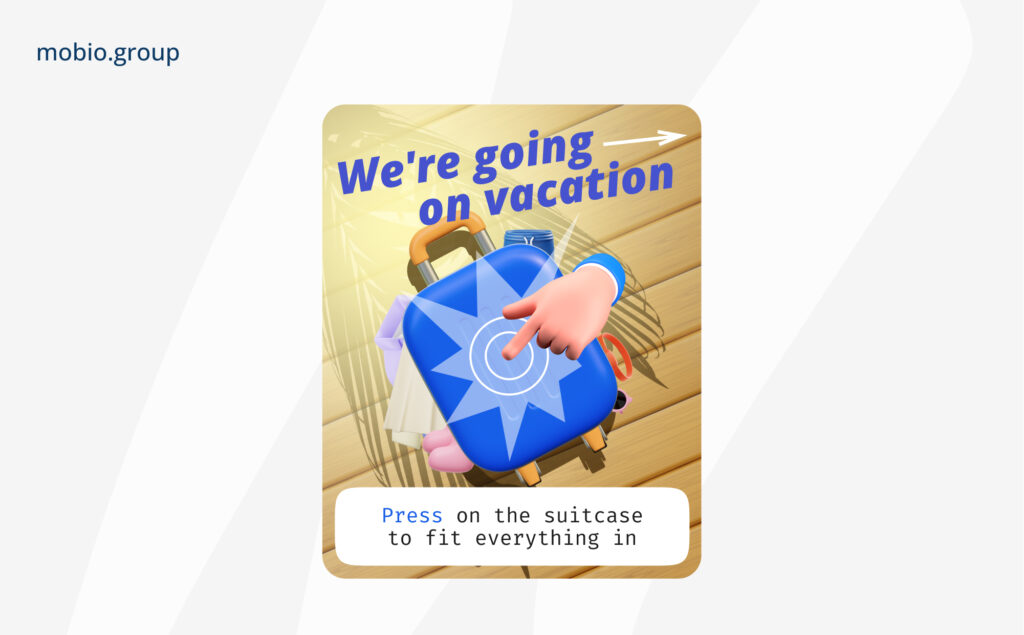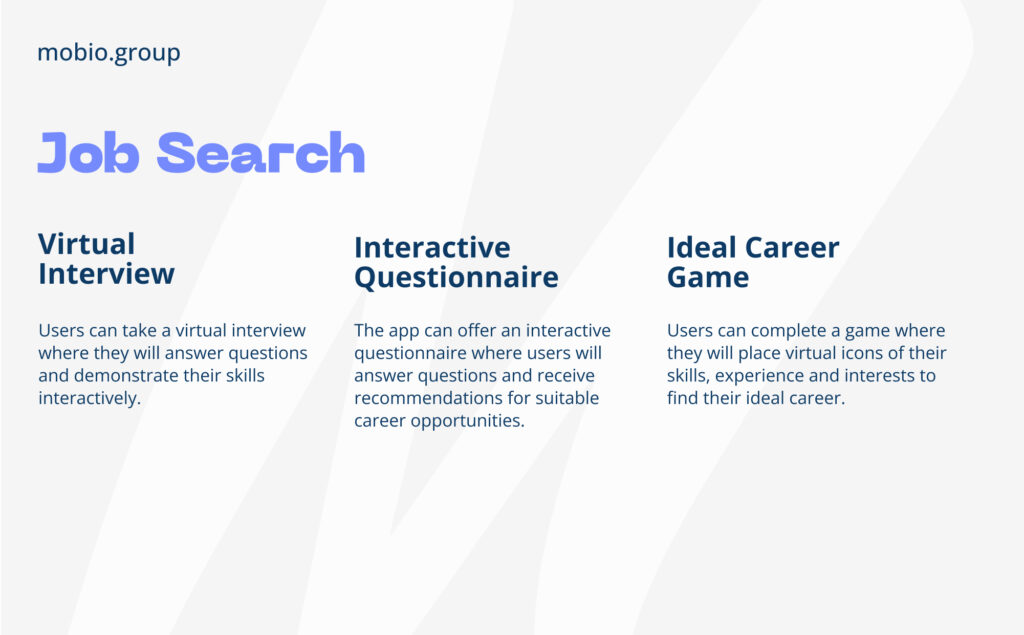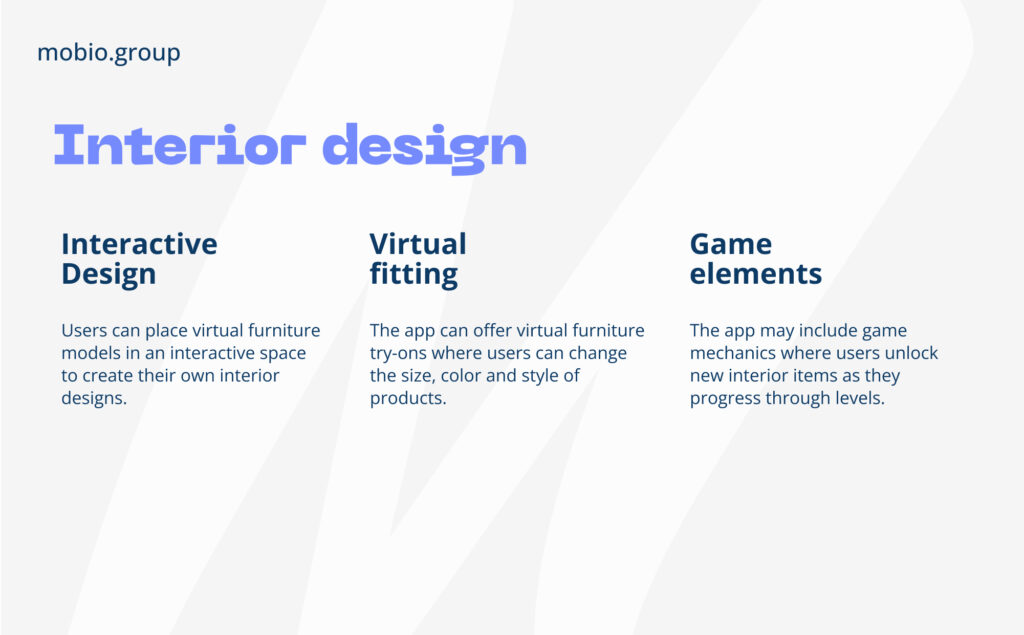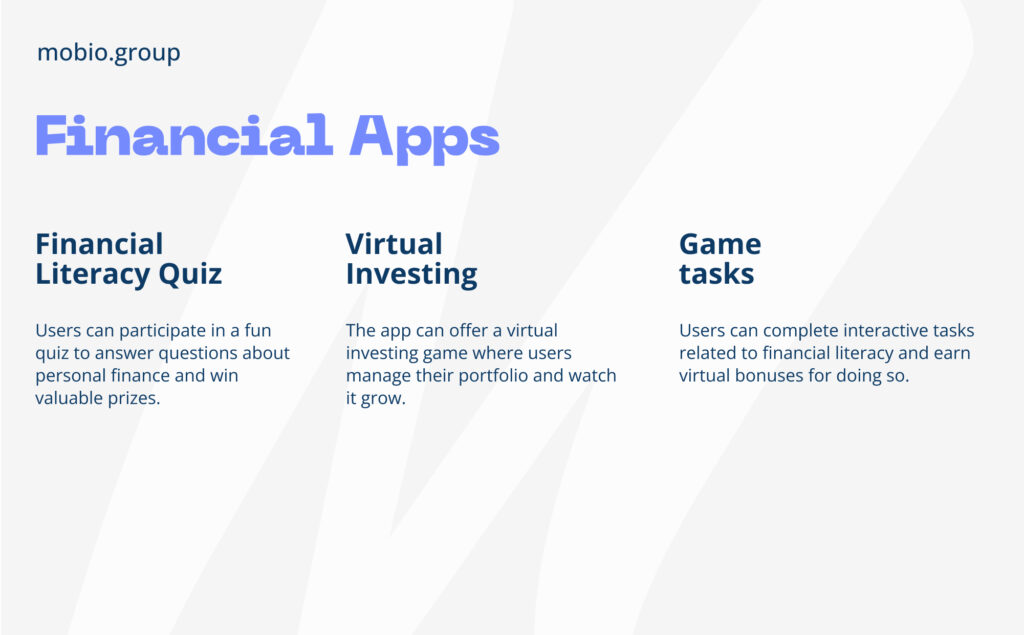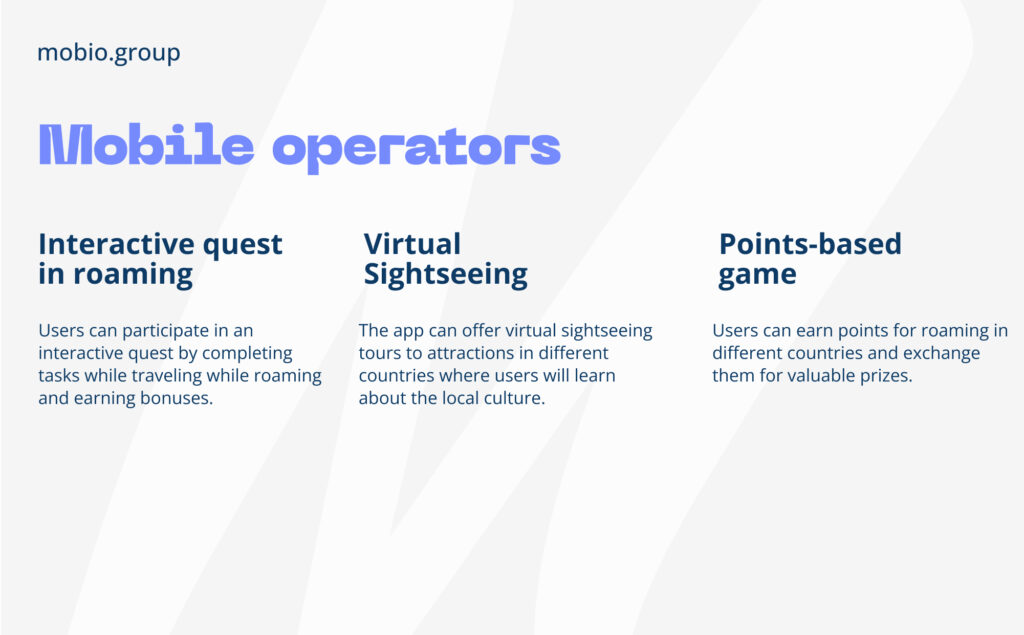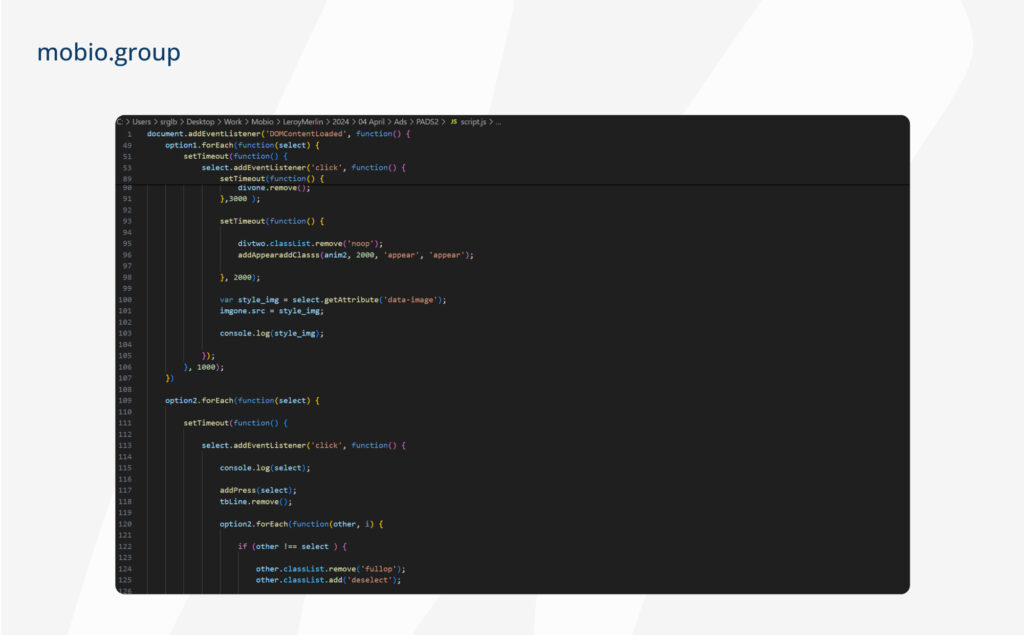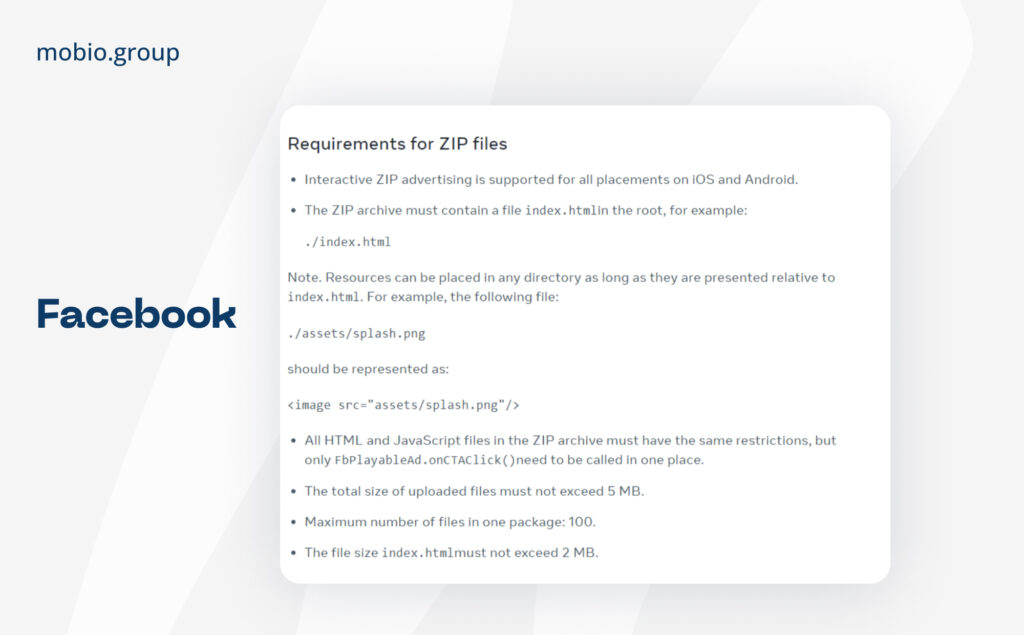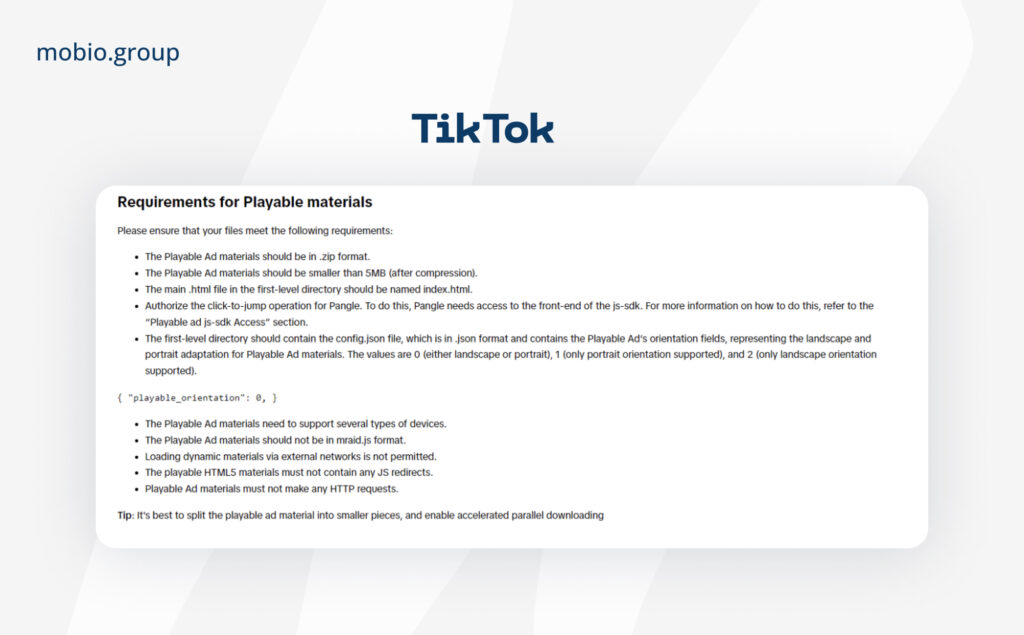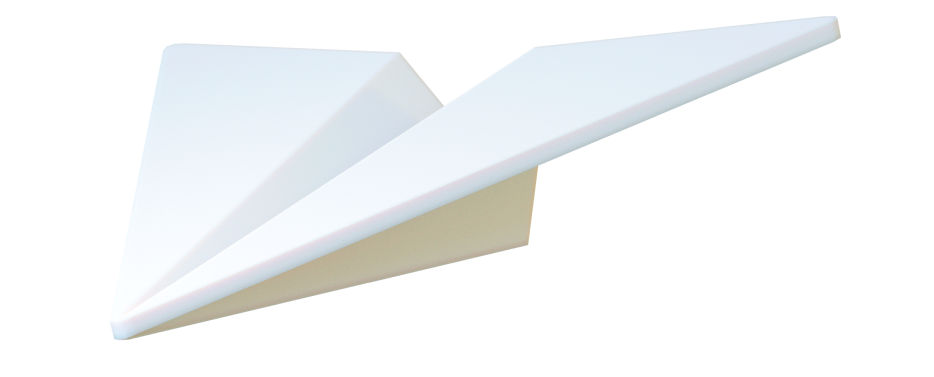All About Playable Ads: From Theory to Practice with Mobio Group Experts
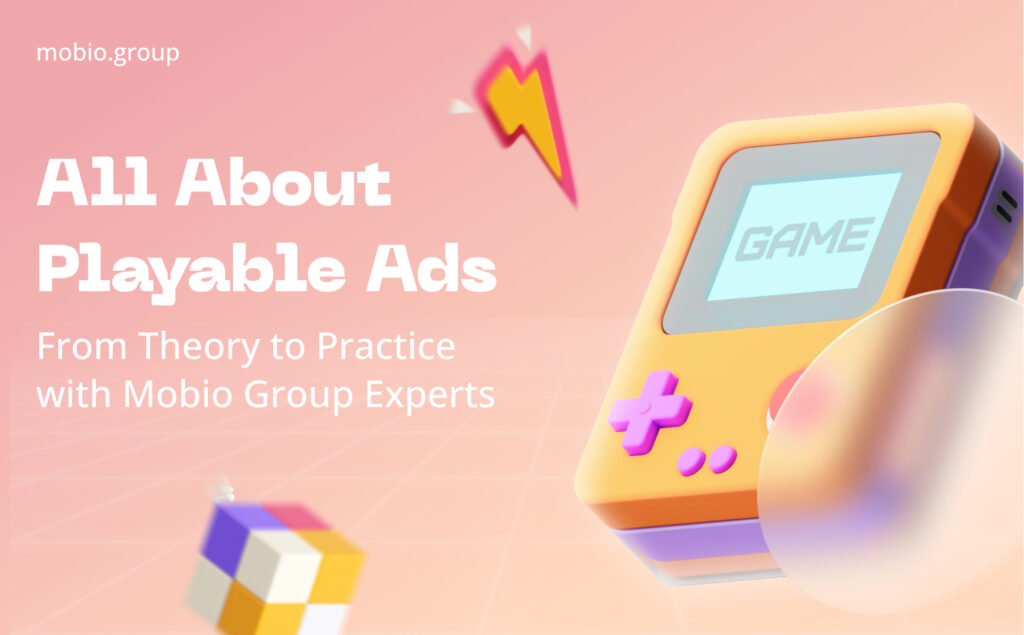
AI tools have made it easier to create good, high-quality content. But just good content is no longer enough. How to hook the user and draw attention to your app against the background of dozens of similar ones? How to get them interested and gently push them to install it? One of the most effective ways today is Playable Ads, a format that encourages users to actively interact with ads, keeps their attention for a long time and increases app conversion rate.
What are Playable Ads, how are they created, how are they placed, what types are there, what restrictions apply? We get a huge number of questions from our clients, and that’s why Mobio Group team prepared a separate interview dedicated to Playable Ads with our Art Lead Sergey Lebedev. Unlike many theorists, Serj is a practitioner who is in the very epicenter of ad creation, and his knowledge is based on real work experience.
Serj, judging by the questions we get, there is some confusion about the concepts of interactive ads, Playable, animated ads and HTML5 banners. Can you clarify how they differ from each other?
Interactive ads are those ads that involve the user directly in the process of interacting with the ad. In simple terms, it is an advertisement in which you have to “poke” your finger or mouse to make something happen, and the user becomes not just a passive observer, but a participant and initiator.
- Animated banner may not be interactive, but simply contain moving elements or short videos.
- HTML5 banners can be both static (e.g., a banner with a gallery of images that the user can scroll through) and interactive (e.g., ads with dynamic content that respond to user actions). The boundaries between these formats are sometimes blurred, and some ads may combine elements from different categories.
- Playable, as the main subtype of interactive advertising, necessarily contains elements of voluntary gamification. Playable format doesn’t impose the product with annoying and already boring appeals “buy, buy, buy!”, but unobtrusively offers to try it, learn more about it, experience it with the help of game mechanics.
Here we get to the main problem in understanding Playable. The terms “gamification” and “game mechanics” are confusing, and many people think that Playable Ads are either ads for game apps or ads in the form of a game.
The concept of gamification does not apply only to games. In advertising, gamification can use game mechanics and principles in a non-game context and can appear in a variety of formats. For example, “Try-Before-You-Buy” ads, where the user can “feel” the interface, test the functions of the application, and if they like everything — download the full version. Playable includes quizzes, interactive maps, and interactive conversations. The options are endless, it all depends on the imagination of marketers and designers and, of course, the purpose of the application itself.
So are Playable Ads universal and suitable for all types of apps? Or are there still some verticals where Playable Ads can be ineffective?
Playable is suitable for almost all applications, from gaming and educational to fitness, shopping and social media. Creating such creatives, in my opinion, can be limited only by imagination. Of course, when taking into account the budget of the advertising campaign and its goals. Playable Ads can be ineffective only in some cases:
- In applications with low quality — the coolest Playable Ads will not save an application with a poor interface or underdeveloped features.
- In applications with a very narrow target audience — Playable requires significant investments in development and production, so for applications with a narrow audience these investments may be simply unjustified.
Great, Serj, then for you, as a creative and experienced Art Leader, here’s a challenge — what Playable Ad ideas can engage the user in interaction with apps from different verticals? Can you give me some examples?
Playable Ads can make even the most complex topics accessible and interesting. The most basic, underlying ideas can be as follows:
The ideas are great and look really capable of attracting the user to the app. But how hard is it to bring them to life? How are Playable Ads created?
Playable Ads, like HTML5 banners with dynamic content, are created using programming based on HTML, CSS and JavaScript.
HTML is used to:
- Creating the structure of the ad
- Dividing it into elements
- Describing their content.
CSS is prescribed for:
- Styling the elements of the ad
- To give them an attractive appearance
- Ensuring their correct display on different devices.
JavaScript is used to:
- Adding interactivity to the ad
- Processing user events (e.g., button clicks)
- Launching interactivity
- Perform animations
- Collecting data.
It turns out that now the designer is no longer drawing but writing code?
Not really. Designers still need creative skills to generate creative and interesting advertisements. However, now to these necessary professional skills is added an understanding of the basics of programming and interactive design. So yes, you need to understand the logic and rules of writing code to produce Playable.
But these are very different fields of study! Not every designer can master programming. Maybe there are some special AI services that simplify this task or will even write code for Playable Ads instead of a designer?
With the current dynamics of AI-tools development, it would even be strange if there were no code generation offerings. Of course, there are specialized AI tools that can write code based on simple instructions. For example, tools like Runway ML and Adobe Sensei, which allow you to create simple animations and interactive elements without having to write code yourself. GPT can help a lot. But relying on artificial intelligence is still not a good idea. Services often generate incorrect code, which, in fact, they themselves warn about. So any code written with the help of AI should be double-checked. And to double-check means to understand where the error is and how to fix it.
Besides, it is not enough just to take the code of separate interactive elements. You also need to combine them properly, put them together so that everything works as a single mechanism. It is like assembling a constructor — individual parts do not mean anything by themselves. You need to understand how different elements interact with each other, how to synchronize them, how to process events. Otherwise, you will get a mess of code that will not work. So AI services can help with generation, but without an understanding of the basics of programming and the ability to compose code, it will be of little use.
The layout of interactive elements in Playable also includes consideration of the overall weight of the ad, which is factored into the ad placement?
Playable ad weight is an essential parameter that affects the loading speed and therefore the user experience. Calculating the weight of an ad should also be based on the limitations of different ad platforms. Some platforms may have a maximum ad file size of 5MB, while others may have a maximum size of 10MB. The requirements of Playable platforms will have to be studied for each one separately.
A very important question from advertisers — can you place Playable Ads for your app on all platforms?
Playable Ads are relatively new, and not all platforms are ready to accept them. For example, Twitter, Snapchat or Reddit don’t support Playable at the moment. But the market of Playable Ads is rapidly developing, and new platforms may appear at any moment. As of today, such ads are placed by Bigo Ads, Liftoff, RevX, Xtend, Jampp, Petal Ads, Xiaomi Ads, Unity, Mintegral. Once again, I would like to remind you that technical requirements for Playable on different sites may differ, and it is better to think about the places of placement of playable ads in advance.
It turns out that launching an advertising campaign with Playable creatives is a rather labor-intensive process that requires careful preliminary work: from generating ideas and determining the budget to choosing a placement site. Do the results justify these efforts?
In-game advertising is one of the most powerful means of attracting users. And I’m not just talking about how I feel. For example, according to the Mintegral report, Playable Ads drove 95% of “On Ice!” game downloads, reducing CPI by 56%. Other sources provide equally interesting numbers:
- Interactive ads increase user retention by 79%, engagement by 66%, and increase the likelihood of responding to a CTA by 80x (data from independent marketplace GITNUX).
- Playable Ads increase IPM by 35% (data from marketing platform Playable Factory).
- Interactive ads extend consumer attention by 47% compared to video ads (IPG Mediabrands and IPG Media Lab report data).
- Playable’s CTR can reach 40.25% in 14 days (AppsFlyer data).
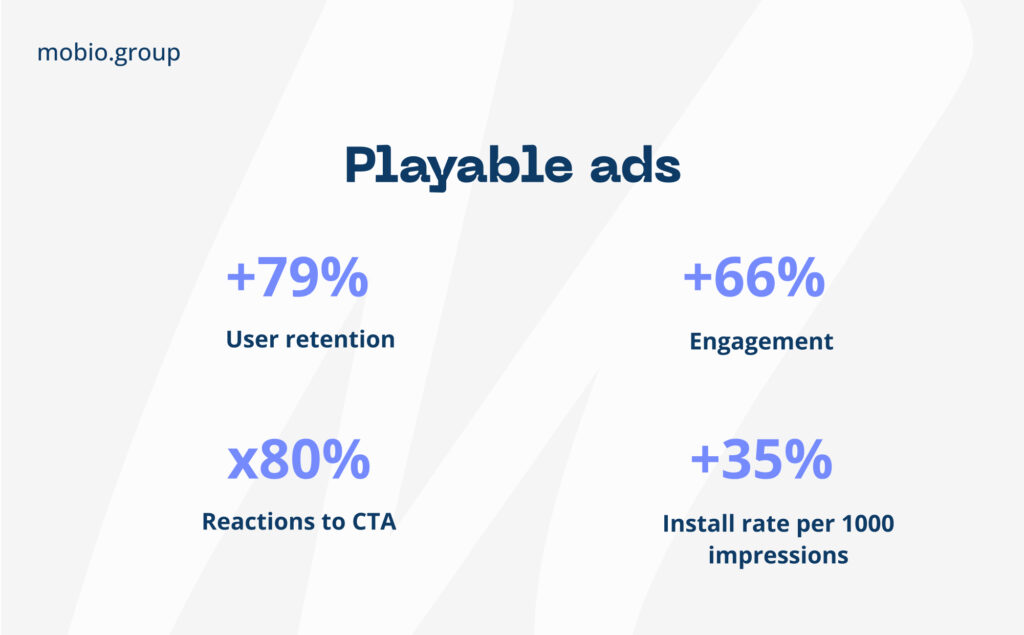
Given the impressive results of Playable Ads, how justified is the higher CPI compared to traditional ad formats?
The perception that Playable CPI is the highest is widespread, and often advertisers do not even consider the option of Playable advertising, because they are sure in advance that it will be too expensive and only brands can afford it. But if we abstract from speculation and study the statistics, which, however, has not yet been collected enough on Playable Ads, we see a very different picture. For example, according to a report by Liftoff, one of the leaders in mobile app marketing, the CPI of playable in the gaming app vertical is $2.38 on average for 2023. And that’s less than the CPI of video ads ($2.68) and interstitial ($2.66). By platform, the numbers are even more interesting: the CPI of Playable Ads on iOS is $5.76 (with $5.91 for video), and on Android it’s $0.60. On Android, Playable Ads showed the lowest CPI at all, lower than static banners ($0.88) or videos ($0.86).
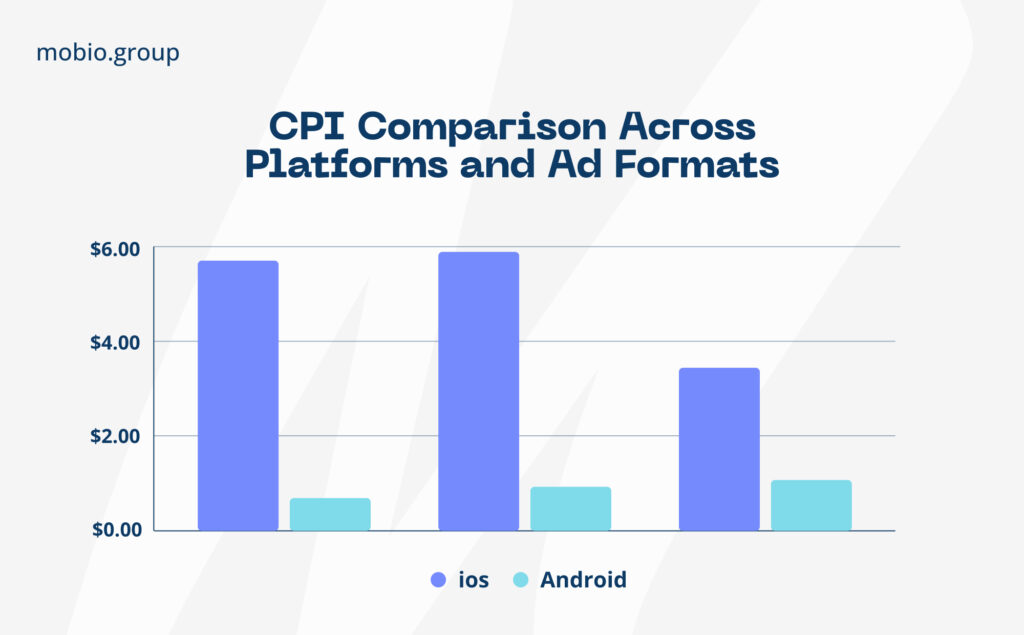
Serj, one last question. How do you see the future of interactive announcements?
Playable Ads is a format that is already demonstrating its effectiveness, but its potential is far from exhausted. I see several key areas in which Playable will develop in the future:
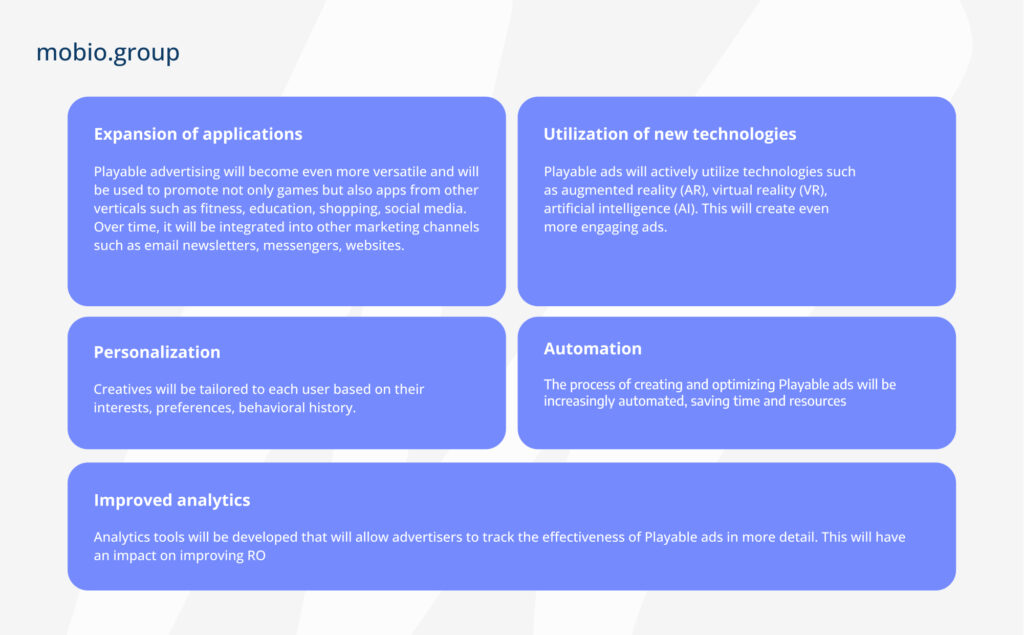
The world around us is constantly changing, and this applies not only to technology, but also to the way we think. Therefore, do not think that one single format of advertising, no matter how successful it may be, will ensure long-term success. Static banners with an emphasis on big discounts, UGC content that builds trust with the audience, and videos that can hold the attention of users can all work well. Playable is another promotional opportunity that should not be ignored.
Don’t be afraid to try new things and you will definitely see results!
Sergey Lebedev, Art Lead, Mobio Group
